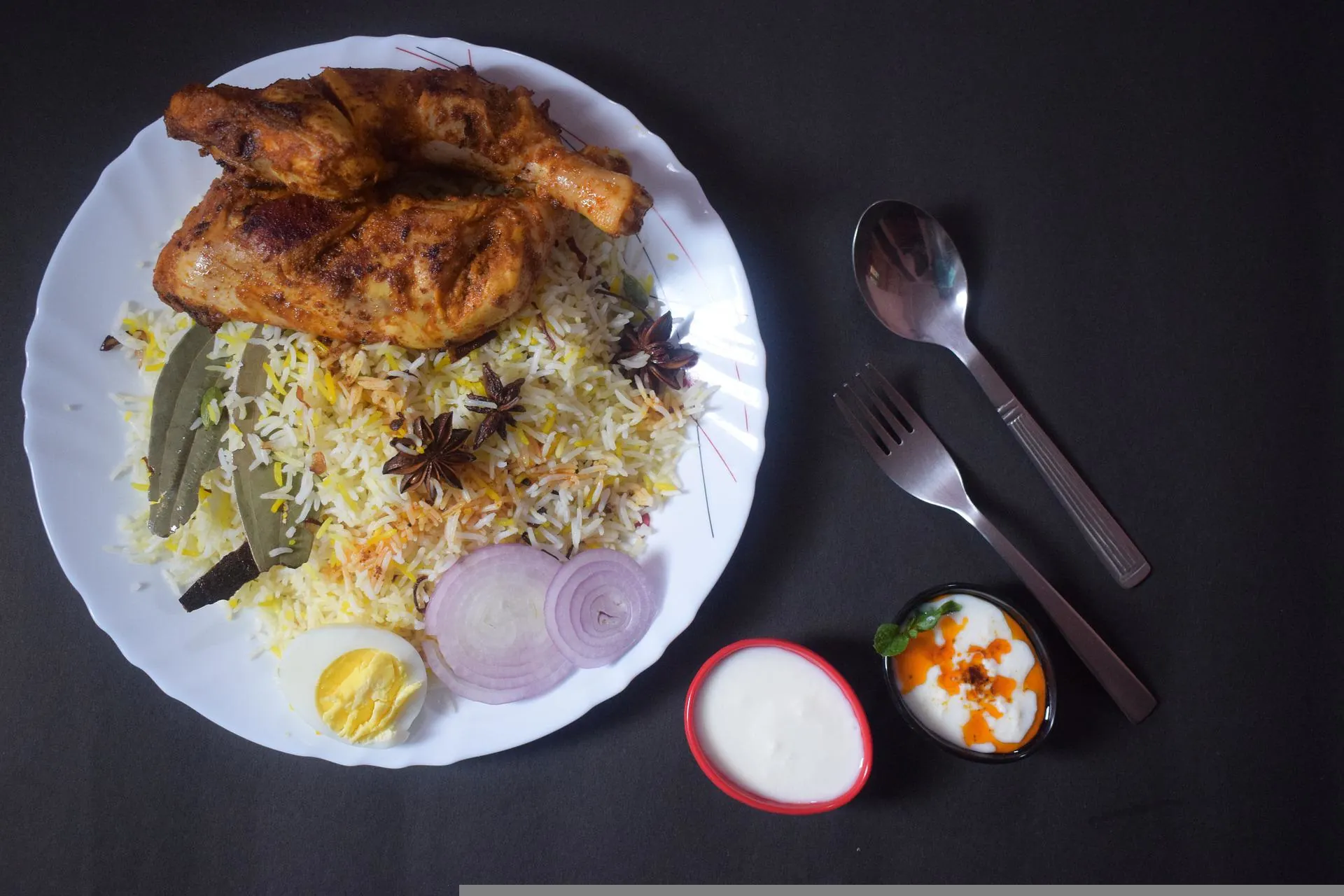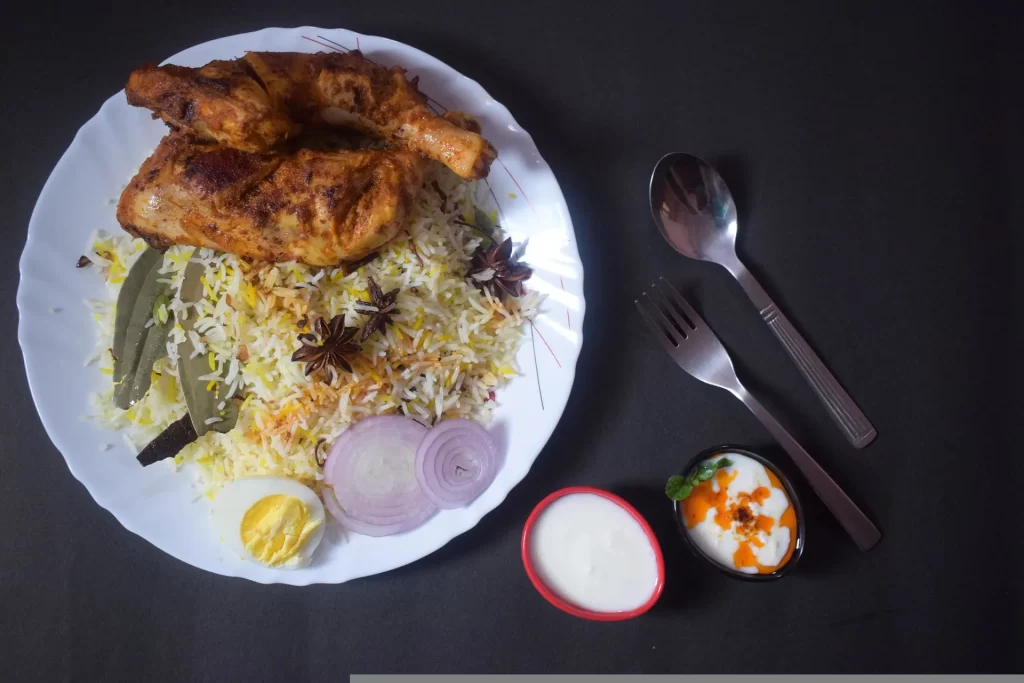
How To Make The Perfect Biriyani
What is a Biriyani?
Biryani is an evergreen classic that needs no introduction. India offers so much on its culinary platter but the one dish Indians unanimously love indulging in is the mouth-watering biryani. With local and hyperlocal variations having evolved into distinctive styles of biryanis, one is spoilt for options when it comes to experiencing this melting pot of flavours.

In the olden days, non-vegetarian food items were for the Non-Hindus. Nowadays everyone loves Biriyani! Biriyani is supposed to be the dish of the Muslims in the Indian sub-continent. The word Biriyani is derived from the Persian word Birian, which means ‘fried before cooking’ and Birinj, the Persian word for rice. While there are multiple theories about how biryani made its way to India, it is generally accepted that it originated in West Asia.
Legend of Biriyani
Legend has it that biriyani was a dish that was created for the soldiers to give a full meal to boost their stamina. It might have been difficult to cook separate rice and meat in the tough conditions of war. So they started to be cooked together as one dish. The dish developed over time till it became a dish like we can imagine today.
There are varieties of Biriyanis available in different parts of India. For example, Hyderabadi Biriyani, Mughalai Biriyani, Kolkata Biriyani, Thalassery Biriyani, Kozhikoden Biriyani, Lucknow Pilav etc. The taste of each varies with the varying ingredients and the local taste.
Selection of Rice
Since biryani is a combination of rice and meat, the section of rice is very important. Different biriyani demands different rice varieties. North Indian style Biriyanis, Hyderabadi Dum Biriyani etc demand long grain Basmati Rice. Whereas Malabar or Travancore Biriyani demands small grain Kaima or Jeerakashara Rice. Both these types of rice grains are aromatic and flavoursome. But, the aroma of these blends with the spices used in the respective regions. Biriyani, over time, had adopted the local flavours years ago.
Biriyani Masala Powder
The main component of a good biriyani is its masala. It imparts an important part of the flavour in any biriyani. I prefer to make the masala fresh each time instead of buying any masala from a shop. There are a few pros and cons to this. Pros are that they are fresh and contain full flavours of the components, thus imparting the same to the biriyani. Con is that you might not be able to make just as much that is required for the biriyani. But no issues. You can use this masala for any curry, like Kadala Curry, Vegetable Masala curry etc.
If you are preparing the masala for mutton biriyani or beef biriyani, always add one black cardamom. Black cardamom imparts an earthy flavour. Any red meat also has an earthy flavour. Thus, these two go hand in hand happily. If you are making Chicken, Vegetable or Egg biriyani, you have to omit black cardamom as it will overpower the flavours of the lighter ingredient.
Handling of Protein
Originally, biriyani is a pure non-vegetarian dish, though there are a few versions of vegetarian biriyani. When preparing a meat biriyani, marination can be the key. Some recipes call for marination with curd. Some North Indian recipes call for marination with mustard oil. Mustard oil enhances and adds local flavours. Mustard oil has an internal heat that tenderizes the protein making it easy to cook. Mustard oil elevates the flavours to the next level. Down South, when we make such recipes, we tend to avoid them.
Biriyani of South India does not always call for marination. Thalassery Biriyani does not need marination. Chicken pieces are added as it is. Other types might call for marination and frying too. You can find biriyani recipes here. Click here to get the recipes.


